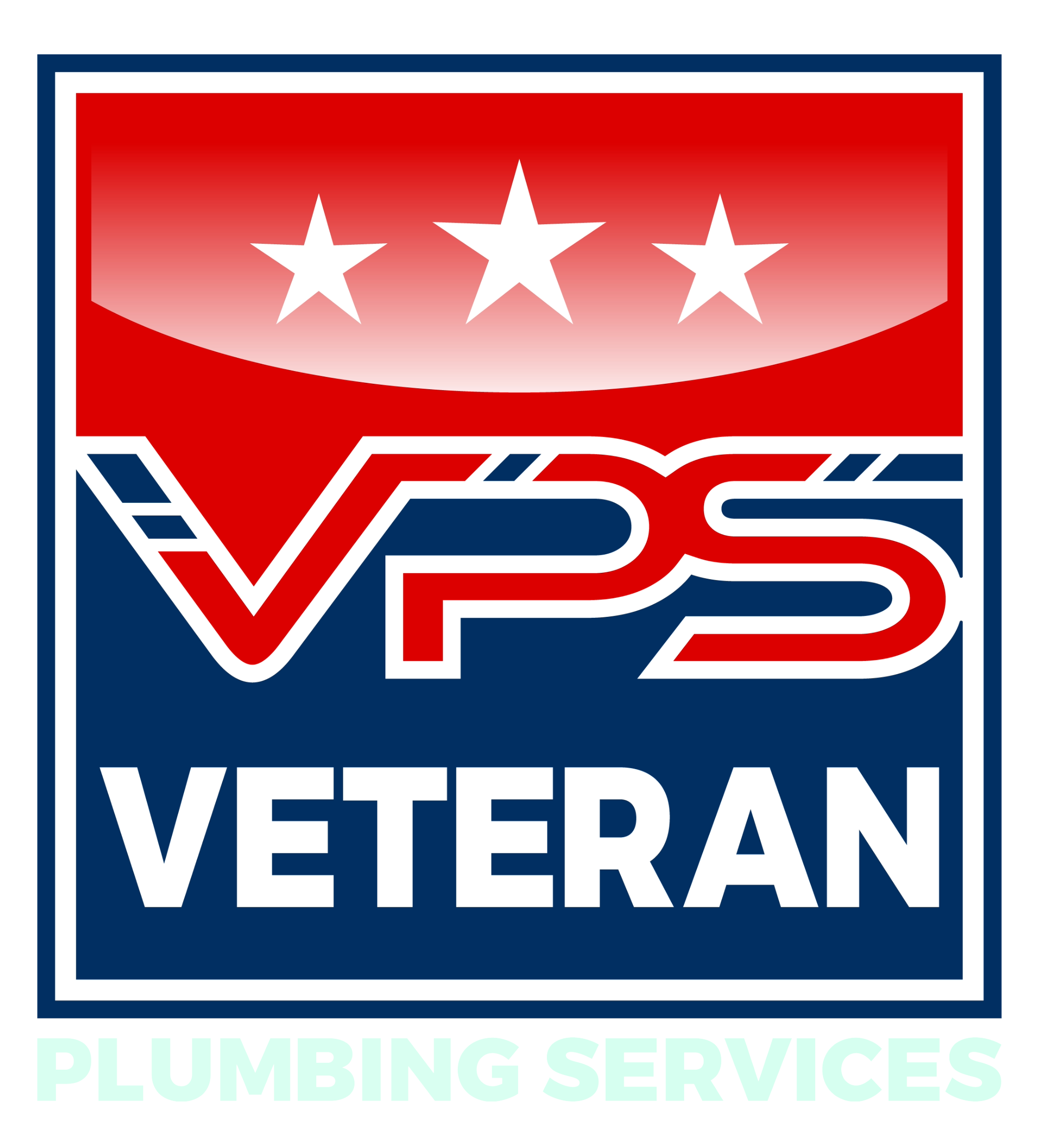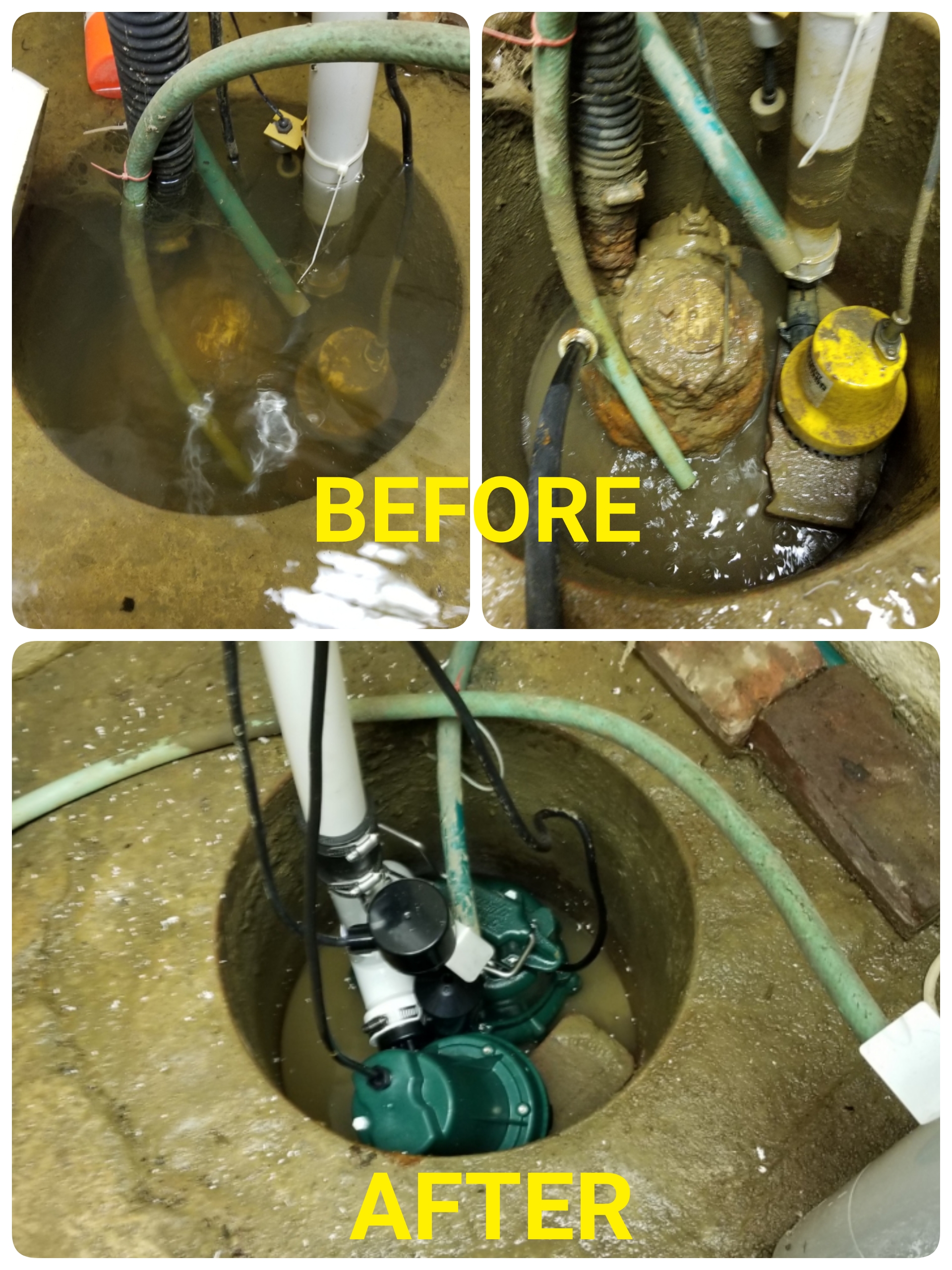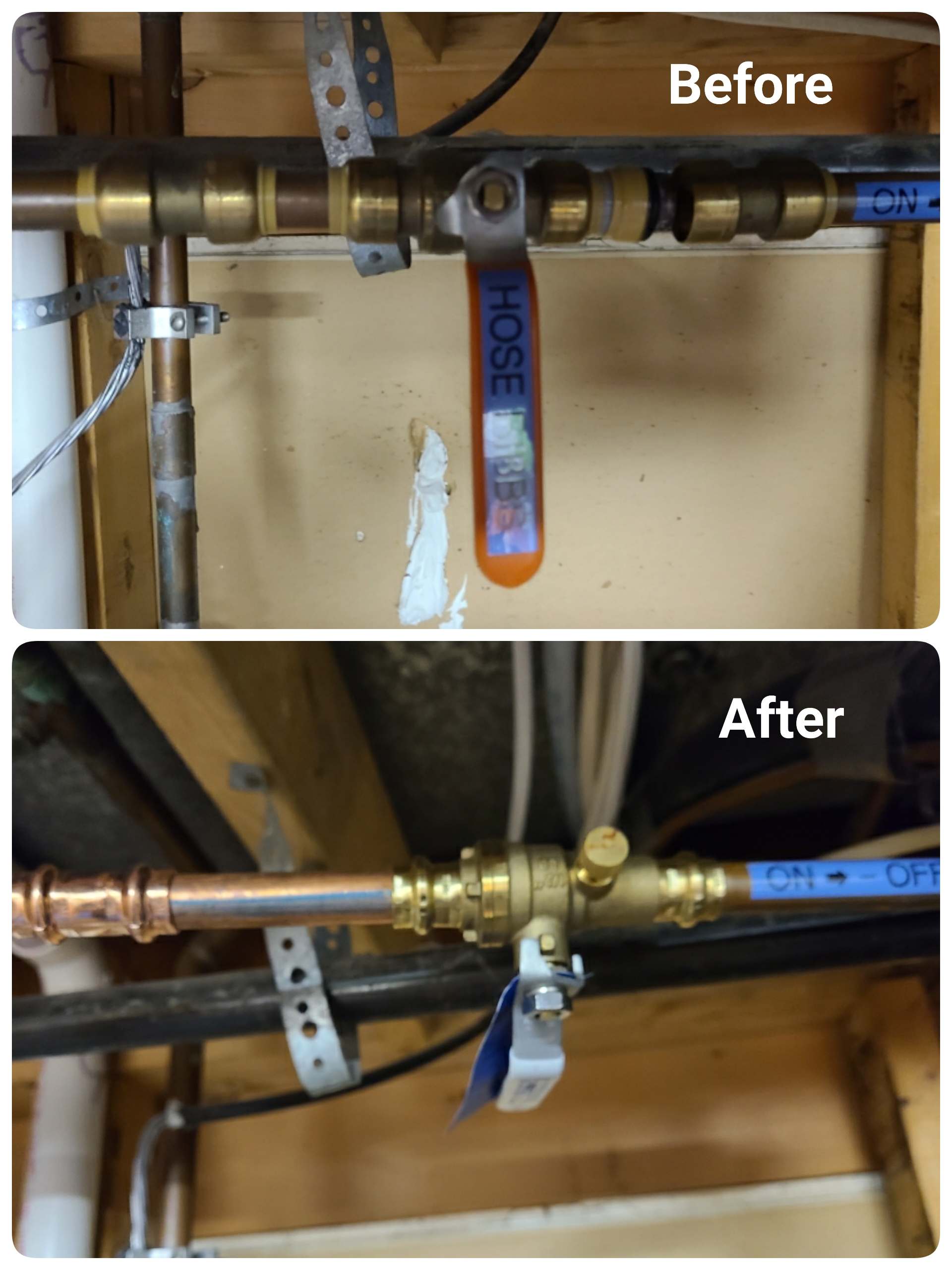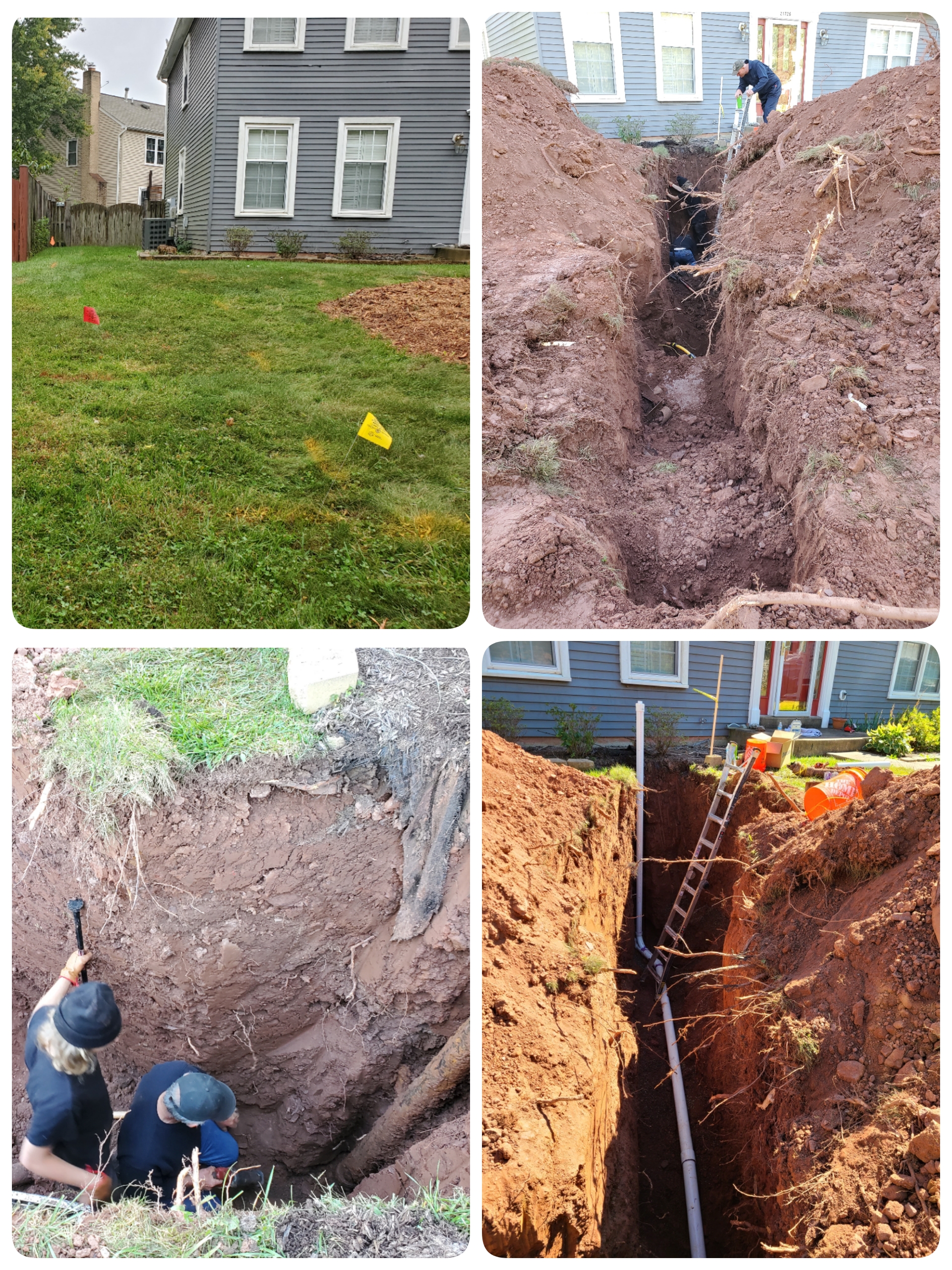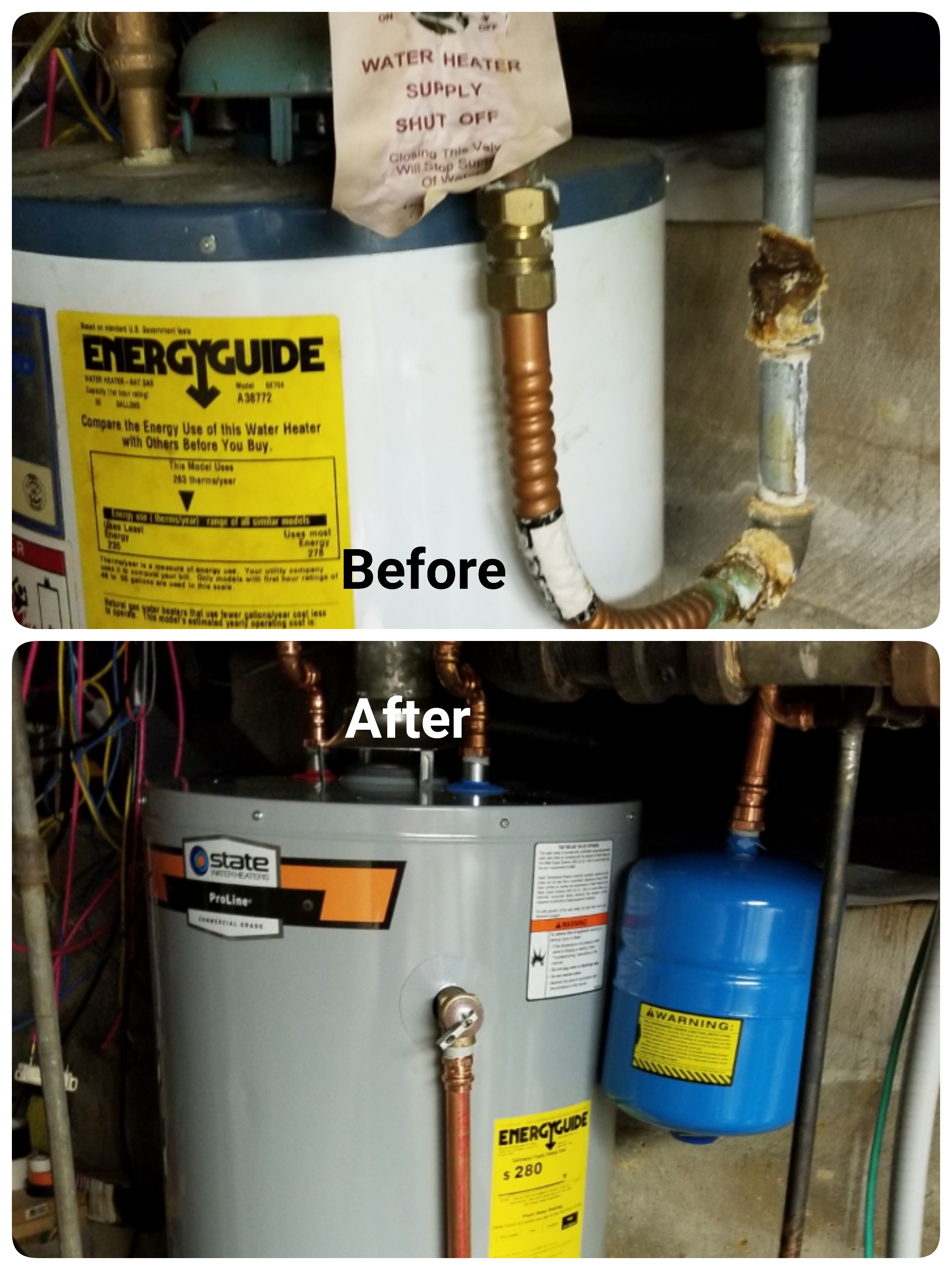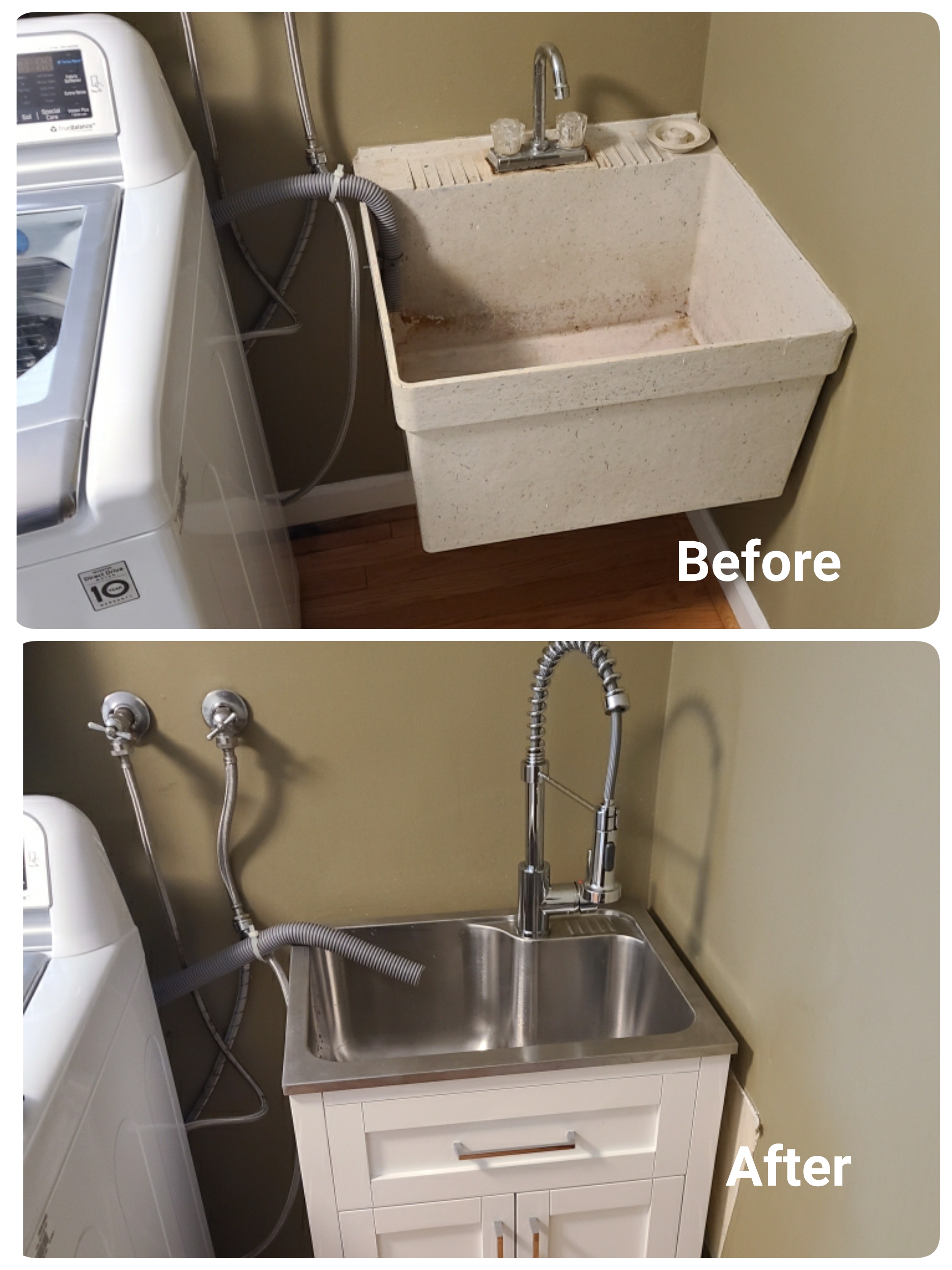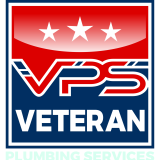Bathroom Water Line & Pipe Installation 🔧
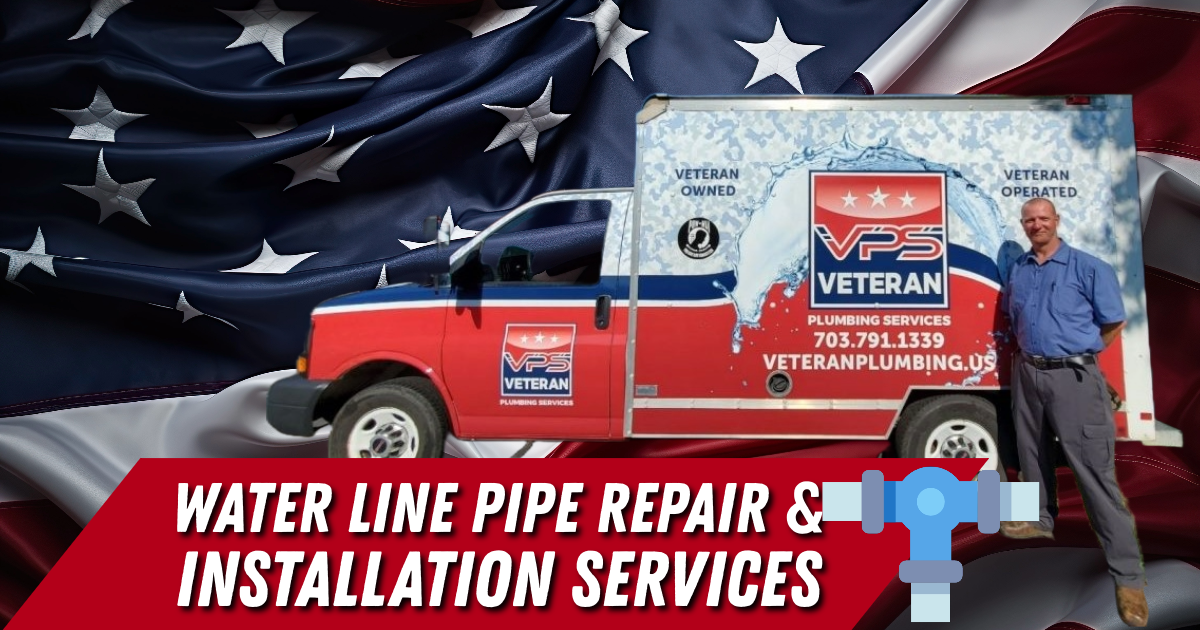
Homeowners love getting started on a bathroom renovation project.
But installing water lines for sinks and showers can pose a few challenges best left to professionals.
Five Pain Points associated with Professional Water Line Installation During Renovation:
- Complex Coordination: Renovations take careful scheduling. Professional installation ensures coordination with other renovation measures for seamless progress.
- Compliance with Codes: Water line installations must meet building codes. Professionals guarantee compliance to avoid costly violations.
- Expertise Required: The technical knowledge needed for water line installation is extensive. Professionals bring the expertise on the task.
- Quality Assurance: A professional touch for long-term quality requires having water lines leak free and correctly insulated.
- Time Management: DIY installations may take days to interrupt your everyday life. Professionals reduce downtime.
Ten Issues with DIY Shower and Sink Water Line Installations:
- Incorrect Pipe Sizing: Pipe diameter miscalculation could cause poor water pressure and flow.
- Joint Leaks: Leaks and water damage may occur with incorrectly fitted connections.
- Cross-Connection Problems: Mistakes could lead to contaminated water supply.
- Tool & Material Mishaps: The incorrect materials or tools may result in poor work which does not last.
- Insufficient Water Heating: Mistakes may affect just how hot water arrives at your fixtures.
- Unintended Damage: Inexperience can harm existing plumbing or structure.
- Code Violations: DIY projects frequently violate local plumbing regulations and face fines and mandatory corrections.
- Warranty Voidance: Self-installed fixtures void manufacturer warranties.
- Increased Costs: Errors are costly to correct and typically call for professional intervention.
- Safety Risks: You risk injury or even creating risks within your plumbing system.
The Benefits of Professional Shower and Sink Water Line Installation:
Efficiency: Professionals install correctly and quickly.
Reliability: Expert installation makes your plumbing work from the beginning.
Peace of Mind: Knowing your water lines meet all requirements and regulations gives you comfort.
Investment Protection: Appropriate installation preserves your renovation investment.
Long-Term Savings: Making DIY mistakes saves on future repairs.
Veteran Plumbing Services: Your Renovation Partner.
We at Veteran Plumbing Services install shower and sink water lines. With our help, your bathroom renovation will look fantastic and work perfectly.
Servicing property owners in Fairfax, Prince William & Loudoun Counties.
Reasons Homeowners Need Bathroom Water Line & Pipe Installation (Concise Dennis List):
- New Bathroom Addition: Running all new plumbing to a new bathroom location.
- Bathroom Remodel – Moving Fixtures: Rerouting pipes for relocated toilets, showers, sinks.
- Old Pipe Replacement: Replacing corroded, leaking, or outdated pipes (galvanized).
- Increased Water Pressure Needs (Showers/Tubs): Upgrading pipe size for better flow.
- Freeze Damage Repair: Replacing burst pipes from winter freezes.
- Leaky Pipe Repair (Extensive Damage): Replacing sections instead of patching.
- Home Renovation/Flipping: Updating plumbing for resale value and code compliance.
- Custom Bathroom Features (Rain Heads, Body Sprays): Installing plumbing to support specialized fixtures.
- Wall-Mounted or Freestanding Fixtures: Running pipes to unconventional locations.
- Code Compliance Updates: Bringing old plumbing up to current building codes.
- DIY Gone Wrong: Fixing botched homeowner plumbing attempts.
- Emergency Pipe Burst/Major Leak: Immediate replacement of damaged sections.
- Poor Existing Plumbing Layout: Redesigning inefficient or problematic pipe routing.
- Future-Proofing Plumbing: Upgrading pipes for long-term reliability and future renovations.
- Improved Home Value: Updated plumbing is a selling point.
Basically, anything beyond a simple faucet swap?
Plumber time. Don’t mess with bathroom water pipes unless you want a watery disaster
Frequently Asked Questions: Bathroom Water Line & Pipe Install – Dennis from Veteran Plumbing Services
Bathroom Water Line & Pipe Installation
Q1: Running new water lines for bathroom sink – DIY or plumber territory? Sink line sprint or struggle?
A: “Sink line sprint DIY? Maybe for a simple swap, but new lines, reconsider. New sink water lines – DIY-able for basic swaps, but plumber for new locations or complex runs. Connecting to existing pipes, PEX or copper – gotta know what you’re doing, no basement floods allowed.”
Q2: Same question for shower water lines – shower line shuffle, DIY dare or plumber pro play?
A: “Shower shuffle, plumber pro play, definitely. Shower water lines install – plumber territory. Valve connections, shower head arm, mixing valve, hot & cold lines, waterproofing shower pan, code compliance – not a weekend DIY project for most.”
Q3: And for bathtub water lines, tub line trek, DIY or expert excursion?
A: “Tub line trek, expert excursion, bathtub plumbing serious business. Bathtub water lines install – plumber territory, similar to shower. Valve, spout, hot & cold, sometimes freestanding tub complexities. Bathtub plumbing ain’t just sticking a hose in the tub.”
Q4: PEX or copper for bathroom water lines – pipe material preference points? PEX vs Copper bathroom?
A: “PEX vs Copper bathroom brawl, modern vs. classic, cost vs. tradition. PEX or Copper for bathroom – PEX often preferred for DIY-friendliness, cost, freeze-resistance. Copper still used, traditional, durable, but pricier, more skilled install. PEX for faster, cheaper, copper for maybe longer lasting, more traditional. Both are code-approved.”
Q5: Running pipes inside bathroom walls – in-wall plumbing insights?
A: “Wall pipe wanderings, plumbing hide-and-seek. In-wall bathroom plumbing. Planning crucial before drywall goes up. Pipe routing, securing pipes properly, valve placement, access panels. In-wall plumbing ain’t invisible if it leaks, plan access!”
Q6: Running pipes under bathroom floor – under-floor plumbing expedition?
A: “Floor pipe foray, subterranean bathroom plumbing. Under-floor bathroom plumbing (crawlspace, basement). Insulation for pipes under unheated floors, securing pipes to joists, running drain lines and water lines under bathroom floor to reach fixtures. Under-floor plumbing needs planning and crawlspace crawling.”
Q7: Pipe size for bathroom sink water lines – diameter dilemma, pipe size puzzle?
A: “Sink line sizing secrets, diameter details matter. Bathroom sink water line size – ½ inch (diameter) for most residential sinks. ½ inch supply lines usually standard for sinks. Don’t undersize, no dribbling faucets allowed.”
Q8: Pipe size for shower and tub water lines – shower/tub size showdown, diameter demands? Shower/Tub line sizing specifics?
A: “Shower/Tub size showdown, water flow firepower needed. Shower & Tub water line size – ½ inch minimum, ¾ inch often preferred, especially for multi-head showers or high-flow tubs. Larger pipes = better water flow, stronger shower pressure, faster tub fills. Don’t skimp on shower/tub pipe size.”
Q9: Bathroom shut-off valves – valve value victory, shut-off strategy?
A: “Fixture valve finesse, shut-off superpowers for bathroom fixtures. Bathroom fixture shut-off valves (sinks, toilets, showers, tubs) – ESSENTIAL. Install shut-offs on supply lines to every fixture. Makes future repairs SO much easier, shut off water just to that fixture, not whole house. Plumbing common sense, valve victory.”
Q10: Bathroom plumbing vent – vent pipe visibility, vent valve locations?
A: “Vent line vibes, unseen but vital, drain breathability. Bathroom plumbing vent. Often hidden in walls or ceiling. Vent pipe allows air into drain lines, prevents sewer gas smells, and ensures proper drainage. Vent is crucial, don’t cap it off, rookie mistake.”
Q11: Bathroom plumbing drain slope – drain slant secrets, slope savvy? Drain line slant specifics?
A: “Drain line slant specifics, gravity is your plumbing pal. Bathroom drain pipe slope – ¼ inch per foot of horizontal run (minimum) for proper drainage. Gravity needs a little help moving water downhill. Too little slope = slow drains, clogs. Slope it right, let gravity do its job.”
Q12: Bathroom access panel for plumbing – panel placement perks, access advantage? Plumbing panel placement pointers?
A: “Plumbing panel placement pointers, future access foresight. Bathroom access panel for plumbing valves/connections – smart idea for showers, tubs, wall-mounted faucets. Access panel allows future access to valves and connections without tearing open walls/tiles. Plan access panels during layout, future you will thank you.”
Q13: Bathroom plumbing codes – code check clarity, plumbing regulation reality? Bathroom code compliance checklist?
A: “Bathroom code compliance checklist, plumbing rules of the road. Bathroom plumbing codes – local plumbing codes must be followed. Pipe materials, pipe sizing, venting, fixture spacing, backflow prevention, etc. Permits often required. Plumber ensures code compliance, DIYers need to research local codes, or risk failing inspection.”
Q14: Cost of bathroom sink water line install – sink line spending scoop, price point pointers? Sink line cost considerations?
A: “Sink line cost considerations, plumbing price points vary. Bathroom sink water line install cost – DIY materials cost (PEX/copper, fittings, valves) $20-$100. Plumber labor adds $100-$300+ (per sink) depending on complexity of run. DIY saves labor, plumber provides expertise and code compliance.”
Q15: Cost of shower water line install – shower line spending spree, price point pointers? Shower line cost?
A: “Shower line cost clarity, shower plumbing pricier than sinks. Shower water line install cost – DIY materials $50-$200+ (valve, pipes, shower arm etc.). Plumber labor $300-$800+ (per shower) depending on complexity, valve type, tiling access, etc. Shower plumbing more complex, more plumber labor.”
Q16: Cost of bathtub water line install – tub line tally, price point prediction? Bathtub line cost breakdown?
A: “Bathtub line cost breakdown, tub plumbing similar to showers in price range. Bathtub water line install cost – DIY materials $50-$200+ (faucet, valves, pipes etc.). Plumber labor $300-$700+ (per tub), similar to showers, can vary with tub type (freestanding more complex sometimes).”
Q17: Water pressure in bathroom – pressure perfection pursuit, bathroom pressure priorities?
A: “Bathroom pressure pointers, gotta have good flow for showers and tubs. Bathroom water pressure – ensure adequate water pressure to bathroom fixtures, especially showers. Check house water pressure, booster pump might be needed if pressure is low overall. Good pressure = happy showers, happy homeowners.”
Q18: Water hammer in bathroom pipes – banging bathroom pipes, noise nuisance?
A: “Bathroom pipe banging banishment, noisy pipes annoyance, preventable problem. Water hammer in bathroom pipes – install water hammer arrestors on shower, tub, and maybe sink supply lines. Prevents pipe banging noise when valves shut off quickly. Cheap insurance against noisy plumbing and pipe stress.”
Q19: Insulating bathroom water pipes – pipe insulation importance, bathroom pipe protection?
A: “Bathroom pipe insulation insights, warmth and condensation control. Bathroom pipe insulation – recommended, especially for exterior walls, unheated spaces. Prevents pipes from freezing in cold climates, reduces condensation in humid climates, and can reduce hot water heat loss (slightly). Cheap pipe insulation is a good investment.”
Q20: Running hot water line vs. cold water line in bathroom – any difference in installation? Hot vs Cold line nuances?
A: “Hot vs Cold line nuances, same pipes mostly, but insulate the hot! **Hot water vs. Cold water bathroom pipe install – similar installation process. HOT WATER lines should ALWAYS be insulated to conserve energy and maintain hot water temp longer.” Cold lines might be insulated in humid climates to prevent condensation, but hot lines insulation is more crucial.”
Q21: Vertical vs horizontal pipe runs in bathroom walls – vertical vs horizontal vibes, routing realities?
A: “Bathroom pipe routing revelations, vertical and horizontal harmony. Vertical vs. Horizontal bathroom pipe runs – both common, depends on layout. Vertical runs often inside stud bays, horizontal runs often behind drywall or under floor. Plan routing to minimize long horizontal runs and maximize efficient vertical runs where possible.”
Q22: Future-proofing bathroom plumbing – future plumbing foresight, planning for tomorrow’s plumbing? Bathroom plumbing future focus?
A: “Bathroom plumbing future focus, plan for tomorrow’s plumbing needs today. Future-proofing bathroom plumbing – install larger diameter supply lines (¾ inch for showers/tubs, ½ inch for sinks) for potential future fixture upgrades. Install fixture shut-off valves everywhere. Plan for access panels. Think ahead, plumbing ain’t static.”
Q23: Multiple bathrooms plumbing in house – plumbing balance ballet, multi-bath balancing act? Multi-bath plumbing management?
A: “Multi-bath plumbing management, water pressure balance across bathrooms. Multiple bathrooms plumbing – ensure adequate water pressure to all bathrooms simultaneously. Sizing main water lines and possibly using larger diameter branch lines to bathrooms important for multi-bathroom houses. Don’t want shower pressure to drop to a dribble when someone flushes a toilet in another bathroom, proper sizing prevents this.”
Q24: Bathroom remodel vs. new construction plumbing install – reno reality vs. new build bliss? Reno vs New construction bathroom plumbing nuances?
A: “Reno vs New construction bathroom plumbing nuances, different beasts entirely. Bathroom remodel plumbing – more complex than new construction. Working with existing plumbing, rerouting lines, matching to old systems, access challenges, unforeseen issues behind walls. New construction – clean slate, easier planning, code-compliant from start, less surprises.”
Q25: Okay Dennis, bottom line – bathroom water line install… DIY plumbing planning or call Veteran Plumbing for bathroom bliss?
A: “Bathroom plumbing point-blank! Bathroom water line install – simple fixture swaps, maybe DIY-able. New lines, moving fixtures, in-wall plumbing, complex runs, code compliance – PRO PLUMBER territory, ALWAYS. Don’t turn your bathroom reno into a plumbing disaster zone trying to DIY water lines, especially showers and tubs. Water damage and code violations ain’t worth the DIY savings. We’re bathroom plumbing pros, we make bathroom bliss a reality, give us a shout, and avoid the bathroom plumbing blues!”
⚠️DIY PLUMBING CAN COST YOUR MORE MONEY IN THE LONG RUN ⚠️We Will Install & Repair Your Water Lines🔧
Same Day EstimatesPlumbing Services Areas
Fairfax County, VA
- Alexandria
- Annandale
- Burke
- Centreville
- Chantilly
- Clifton
- Dunn Loring
- Fairfax
- Fairfax Station
- Falls Church
- Fort Belvoir
- Great Falls
- Herndon
- Lorton
- McLean
- Merrifield
- Oakton
- Reston
- Springfield
- Vienna
Loudoun County, VA
- Aldie
- Ashburn
- Bluemont
- Chantilly
- Dulles
- Hamilton
- Hillsboro
- Leesburg
- Lincoln
- Lovettsville
- Lucketts
- Middleburg
- Paeonian Springs
- Philomont
- Purcellville
- Round Hill
- South Riding
- Sterling
- Waterford
